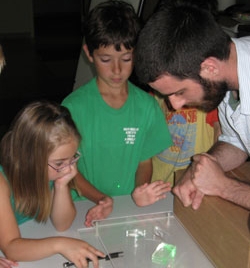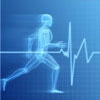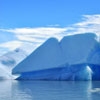
On Saturday, September 11, three teams of Dartmouth faculty and graduate students will lead three hands-on exhibits from 10:30 a.m. to 12:45 p.m. at the Montshire Museum of Science in Norwich, Vt., and from 1:30 to 3:30 p.m. at the Vermont Institute of Natural Science (VINS) in Quechee, Vt.
The faculty and graduate students represent the departments of physics and astronomy, engineering, earth sciences, and chemistry. The groups are teaming up with the Upper Valley science museums to host interactive “USA Science Festival Preview Day” exhibits in preparation for the inaugural USA Science & Engineering Festival located in Washington, D.C. on October 24 and 25.
Billed as the “Woodstock of Science,” the USA Science & Engineering Festival is a 16 day-long event to promote science, technology, engineering and math to the nation’s youth. The event culminates with the festival on the National Mall and is expected to attract thousands of attendees. The Montshire and VINS provide Dartmouth’s festival team with the opportunity to showcase the groups’ exhibits in a local setting.
Hosting the preview for Upper Valley youth is important to Dartmouth’s festival team. “Today’s students will enter a world of unprecedented challenges in energy, environment, health, security, and education,” says Solomon Diamond ’97, Thayer ’98, assistant professor of engineering and faculty leader of the exhibit “Biosignals! Synchronizing Rhythms in the Human Body.” “The creative problem solving and inspired leadership that is needed to stare down these challenges starts with the innocent curiosity of youth.”

Dartmouth’s exhibits in both the Upper Valley and D.C. will engage people of all ages in the sciences through observing light from supernovae, evaluating melting polar ice caps, discussing DNA assembly, and investigating biological rhythms.
Danny Milisavljevic, a physics and astronomy graduate student, researches light from exploding stars (supernovae) and the evolution of supernovae explosions to gain insight on how the first supernova explosion occurred. Milisavljevic says, “Dartmouth is at the forefront of finding opportunities to disseminate the research in ways that can be appreciated by general audiences at local and national levels. I’m proud to be a part of this effort.” Milisavljevic is a member of the “Stellar Forensics” group led by faculty member Brian Chaboyer.
Nancy Serrell, director of outreach, and David Kotz, associate dean of the faculty for the sciences and professor of computer science, are organizing Dartmouth’s USA Science & Engineering Festival participation.
Dartmouth’s USA Science & Engineering Festival Presentation Groups

Team leader: Sol Diamond, assistant professor of engineering
Team members: Broc Burke (Thayer School MD-PhD student) Tanveer Talukdar (Thayer School PhD student) Katherine Perdue (Thayer School PhD student)

Team leader: Ivan Aprahamian, assistant professor of chemistry
Team members: Amorette Barber (scientist and postdoctoral researcher in biology) Xin Su (chemistry PhD student) Justin Foy (chemistry graduate student)

Team leader: Mary Albert, professor of engineering
Team members: Linda Morris (IDPO Educational Outreach coordinator) Kaitlin Keegan (Thayer School PhD student) Casey Stelmach (Thayer School PhD student) Nate Hamm (earth sciences PhD student) Kelly Everhart (earth sciences MS student) Rachel Neurath (earth sciences PhD student) Gifford J. Wong (earth sciences PhD student)

Team leader: Brian Chaboyer, professor of physics and astronomy
Team members: Danny Milisavljevic (physics and astronomy graduate student) Julie Skinner (physics and astronomy graduate student) Seth Cohen (physics and astronomy graduate student) Gregory A. Feiden (physics and astronomy graduate student)

Dartmouth is an official USA Science & Engineering Festival partner.
